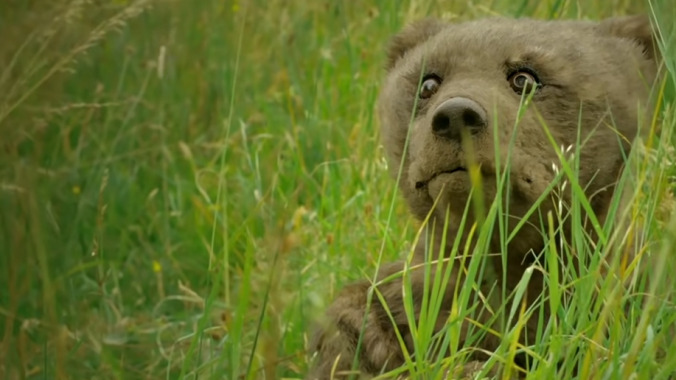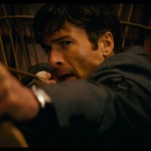Robot bear and robot eagle join robot gorilla to kick off a brand new robot ecosystem

Screenshot: John Downer Productions
In a sign of things to come, early 2020 brought us the robot “spy” gorilla, a mechanical creature used by the BBC’s Spy In The Wild to record human-free nature footage. Months later, the world consumed with problems so immediate that the impending collapse of our environment has managed to feel like next year’s problem, the BBC has gone on creating more robot animals. Ostensibly, all of this is work is done to observe animals more closely, but to the trained eye it’s obviously meant as an attempt to replace our dying world’s fauna with a more perfect machine ecosystem.








































